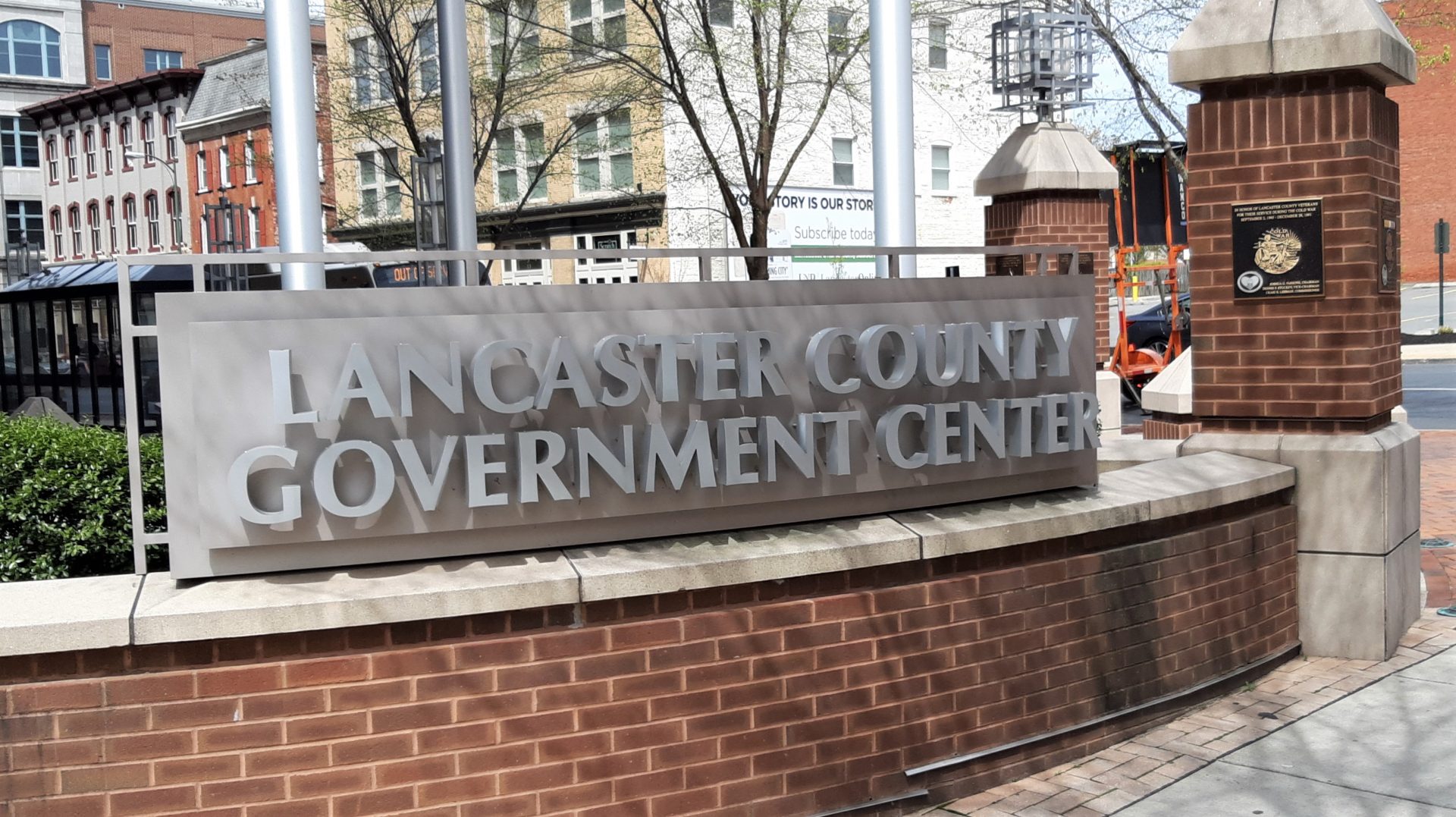Update, Feb. 22: At their Wednesday meeting, the commissioners voted unanimously to transfer $15.75 million in ARPA funds to county reserves, as agreed Tuesday.
Previously reported:
The Lancaster County commissioners on Tuesday agreed on a plan to transfer roughly one quarter of the county’s remaining American Rescue Plan Act money to its general fund reserves.
The move requires a formal vote, which is on the agenda for the commissioners’ Wednesday morning meeting.
Commissioner Ray D’Agostino proposed the amount, $15.75 million, as a compromise between Commissioner Josh Parsons, who favors shifting more, and Commissioner John Trescot, who favors shifting less or none at all.
The transfer is allowed under provisions of the ARPA law that allow local governments to compensate themselves for lost revenue during the pandemic and to pay salary and benefit costs for new and retained hires — again, to help them mitigate pandemic-related layoffs or hiring difficulties.
The county started off with $106 million from ARPA and has allocated $44.2 million, leaving $61.8 million available. About half of the money spent to date has gone to nonprofits and municipalities for various projects, the other half for the county’s own needs.
Once moved to the county’s reserves, the $15.75 million can be deployed for any county purpose — potentially including its correctional facility project, as Trescot noted. Were the money to remain in the county’s ARPA account, its deployment would be limited to the purposes spelled out in the ARPA law and U.S. Treasury guidance.
Those provisions represent what Congress intended when it enacted ARPA, Trescot said Tuesday, reiterating the argument he has made previously and in an LNP article published Monday.
Bolstering the county’s reserves instead, while legal under the letter of the law, flout that intent, he said. Instead of banking millions more, it should be looking at deploying ARPA in ways that help the county long-term, he said.
D’Agostino and Parsons said the transfer is in line with the county’s fiscally conservative approach and that it would benefit all county taxpayers, who are worried about their taxes going up and are being buffeted by inflation.
As in previous discussions, they blamed the latter on federal overspending, prompting Trescot to note that post-pandemic inflation has been a problem worldwide, not just in the U.S.
“The county ought to take what is available,” Parsons said. A law’s intent is demonstrated by what it allows, he said, and with ARPA, revenue replacement and salary offsets are just as allowable as anything else.
Lancaster city, for example, is using just under half of its $39.5 million in ARPA funding, $19.66 million, for revenue replacement. It projects quickly depleting its reserves once the federal money runs out in 2024 — the reason it is pursuing the option of home rule, a move that would allow City Hall to increase the earned income tax rate.
The county has worked carefully for years to rebuild its reserve, Parsons and D’Agostino said: The fund is as robust as it is not only because of the influx of federal pandemic funds, but thanks to savings generated locally through prudent budgeting.
“We should be proud of that,” D’Agostino said.
D’Agostino’s proposed transfer, $15.75 million, consists of $3.84 million in 2021 revenue replacement, plus $11.91 million in reimbursable 2022 general fund salary costs. Using those amounts is simple and straightforward and avoids any additional calculation, he said.
That’s a little under half of the full amount the county could take if it chose, Budget Services Director Patrick Mulligan said. Factoring in all eligible personnel costs from 2021 through 2023 adds another $18.1 million, for a total of $33.85 million.
He did not make a recommendation for an amount to transfer, although he did proffer $10 million as a starting point for discussion “if you need a number.”
Trescot initially suggested moving no more than $3 million or $5 million. He then proposed rounding down to $15 million before reluctantly agreeing to D’Agostino’s figure.
Lost revenue is imputed based on a formula. In Lancaster County’s case, the calculations assume its revenue would have grown by 5.2% absent the pandemic.
According to one rule of thumb, the county indeed has more reserves than it needs. The Government Finance Officers Association recommends reserves of around two months of operating revenue, which for Lancaster County, based on its 2023 budget of $178.6 million, would be around $30 million.
Its actual general fund reserves are just over double that, at $61.3 million as of the end of 2022.






